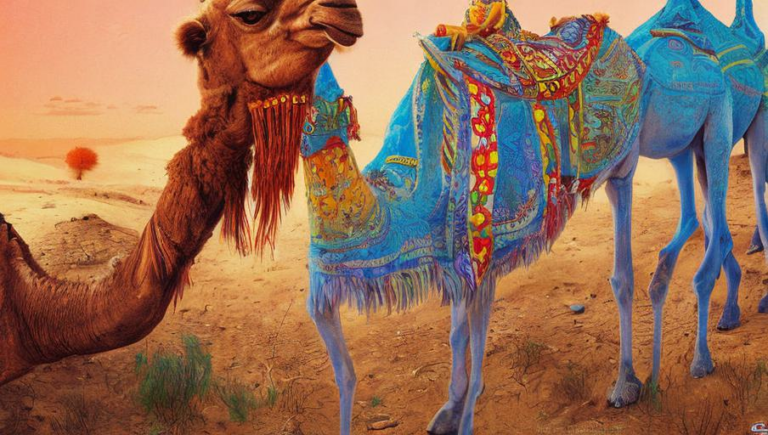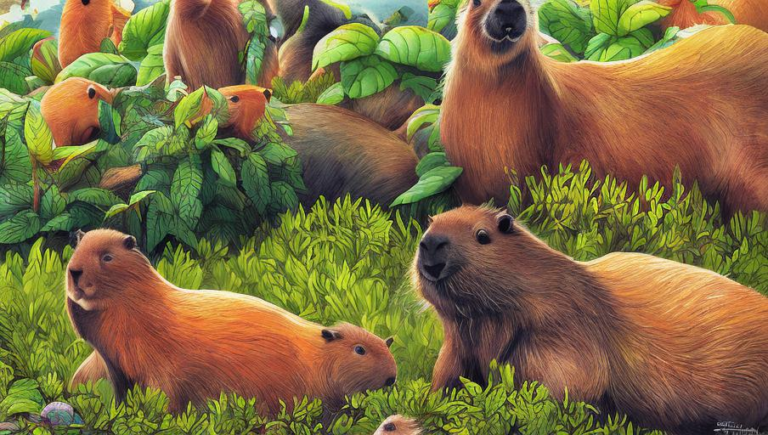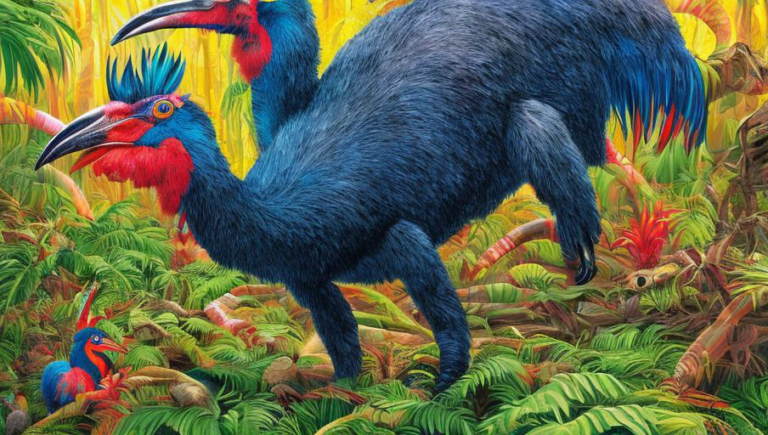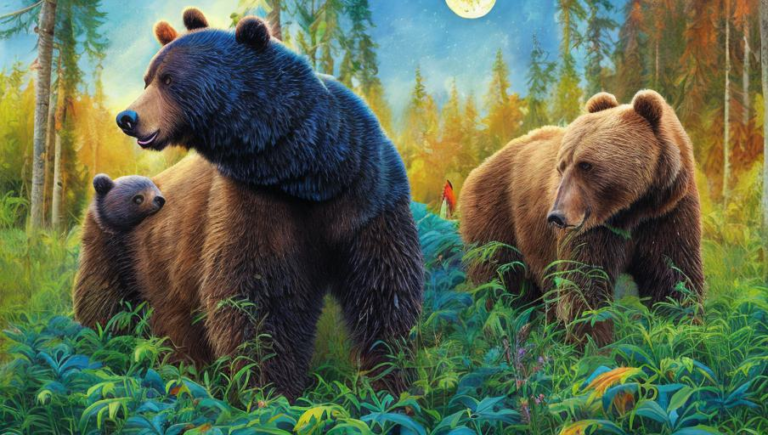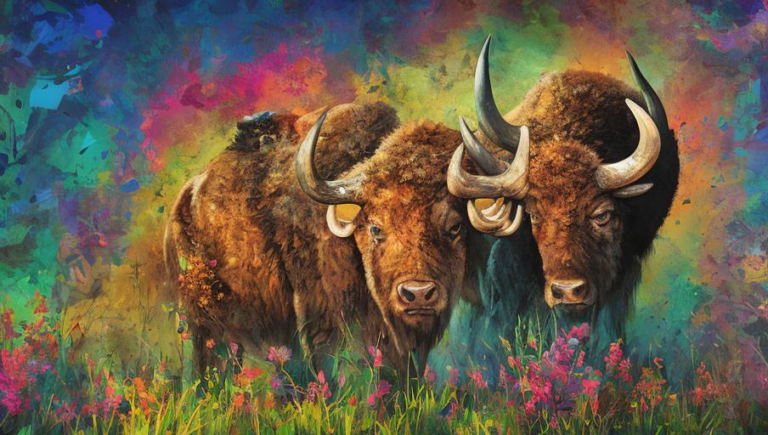Unearthing the Spread of the Coyote
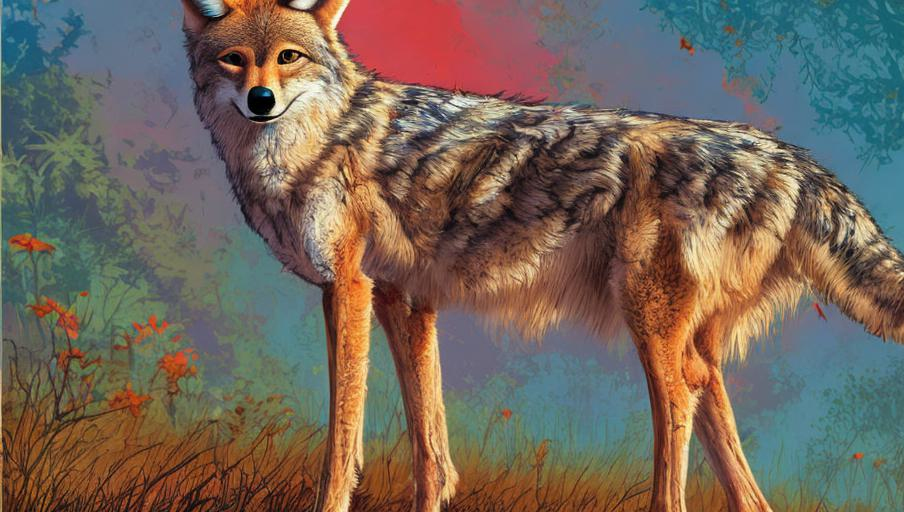
Introduction
The coyote (Canis latrans) is a wild canine found throughout much of North and Central America. They are highly adaptable, living in a range of habitats, from deserts to forests and even urban areas. Coyotes are incredibly resilient animals, and their ability to quickly adjust to different environments has enabled them to spread across the continent.
History and Distribution
Coyotes were originally found in the western parts of North America. Ancient Native American folklore describes them as tricksters and shape-shifters, and they have long been admired for their intelligence and resourcefulness. Over the centuries, their range has expanded to cover much of the continent, and they can now be found as far east as Maine and Florida.
Behavior and Characteristics
Coyotes are highly social animals and live in family groups of up to ten individuals. They communicate with each other through a variety of vocalizations, including howls and barks. Coyotes are omnivorous, eating a variety of small mammals, insects, fruits, and even carrion. They are also incredibly adaptable, and their diet can vary depending on the environment in which they live.
Threats and Conservation
Coyotes are often persecuted by humans due to their perceived threat to livestock and pets. In reality, their impact on these animals is relatively low, and they often help to keep rodent populations in check. Coyotes are also threatened by habitat destruction and fragmentation, which can limit their access to food and shelter. Conservation efforts are focused on protecting their habitats, as well as educating the public about coyotes and their importance to the environment.
Conclusion
Coyotes are an incredibly resilient species and have shown remarkable adaptability in their ability to spread across the continent. Despite this, they are still threatened by human activities and habitat destruction. It is important to understand their role in the environment and to protect their habitats in order to ensure the survival of this species.
